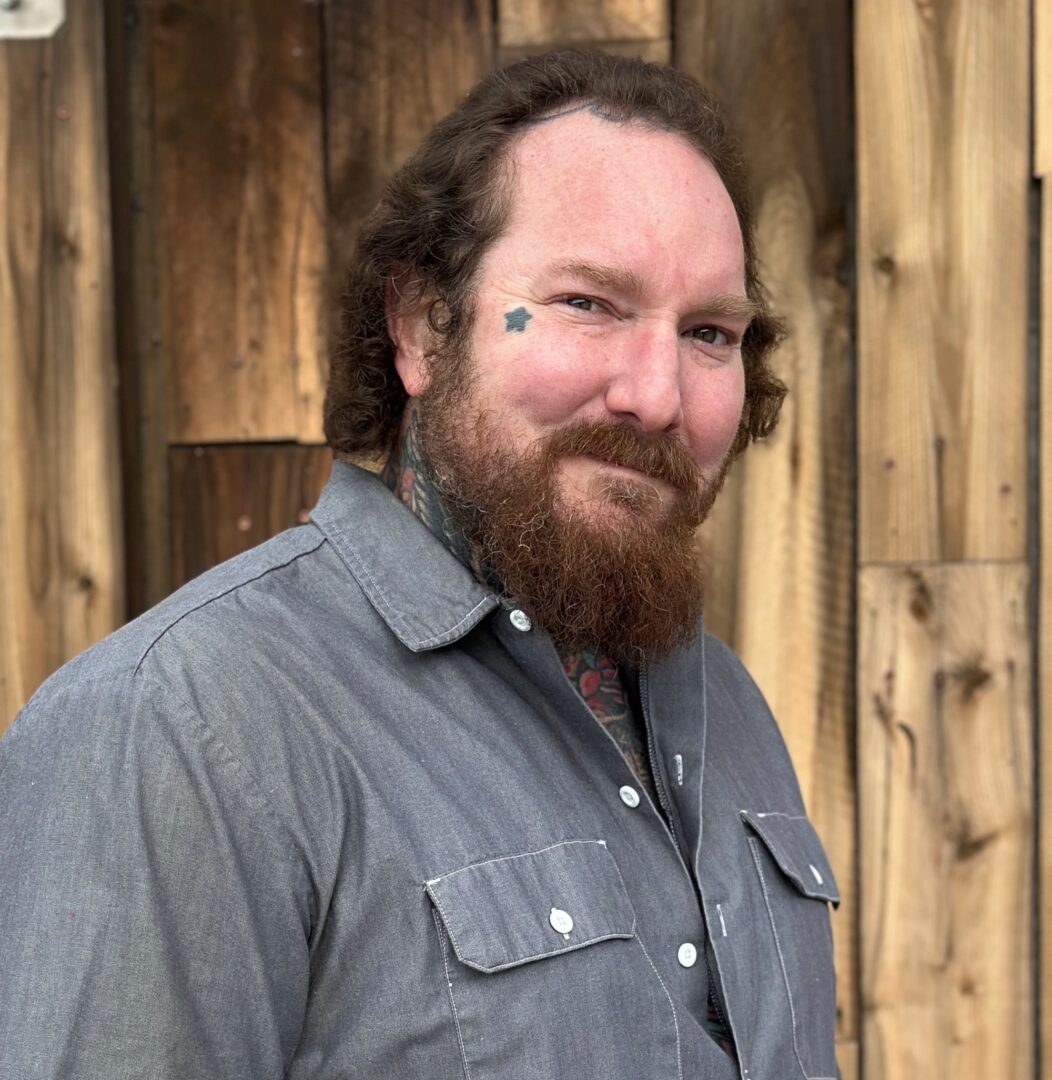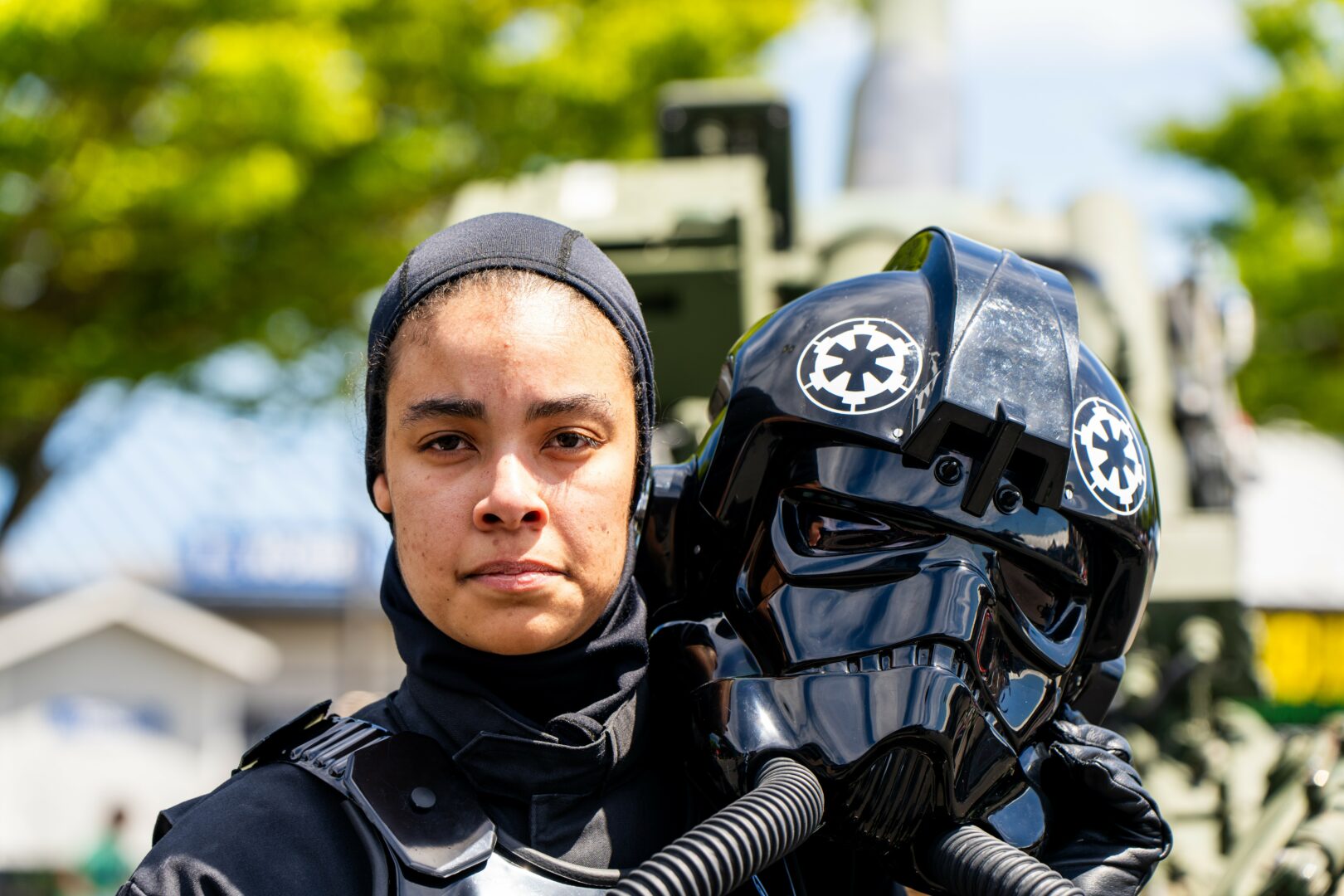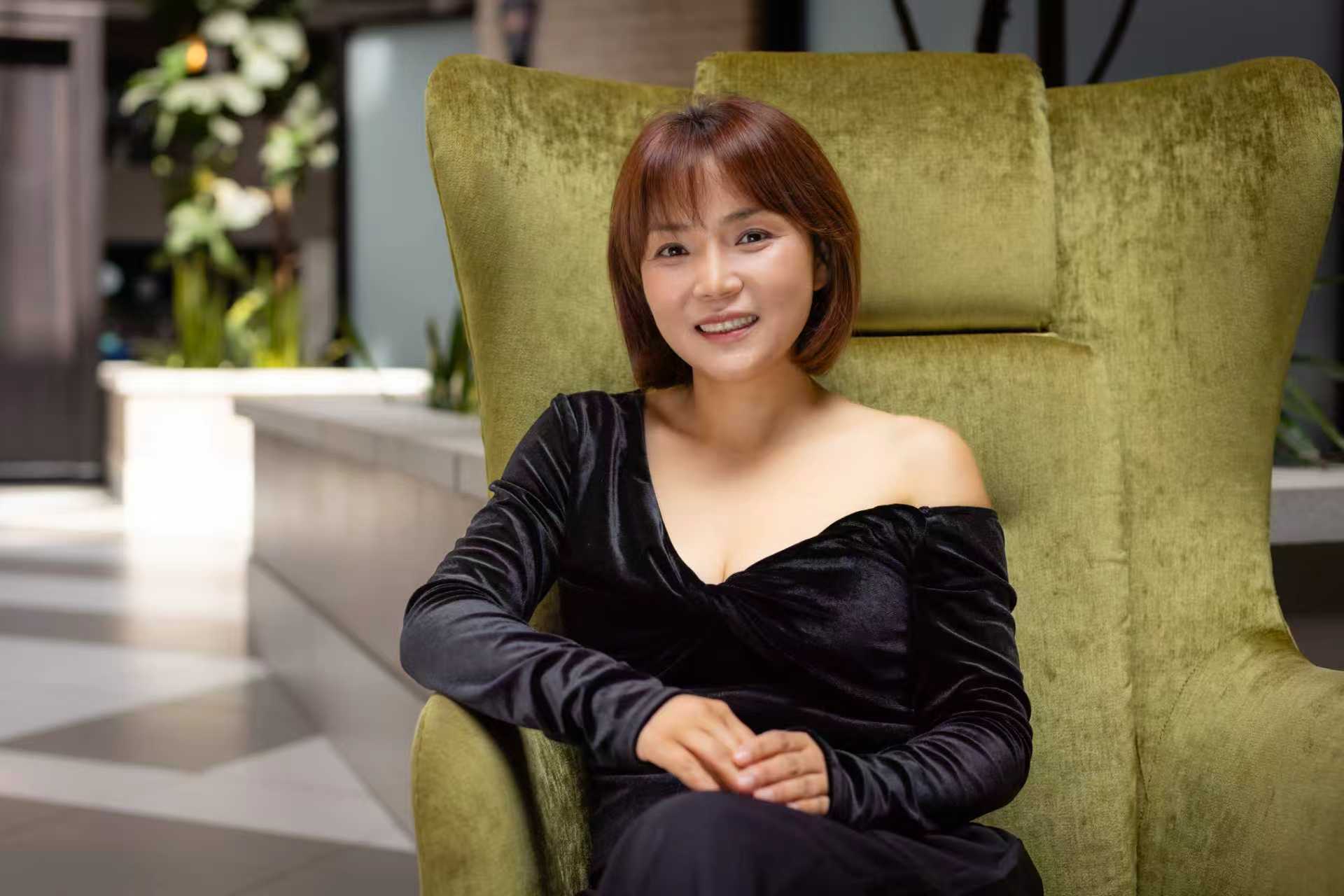We’re excited to introduce you to the always interesting and insightful Brandon Notch. We hope you’ll enjoy our conversation with Brandon below.
Hi Brandon, so excited to talk about all sorts of important topics with you today. The first one we want to jump into is about being the only one in the room – for some that’s being the only person of color or the only non-native English speaker or the only non-MBA, etc Can you talk to us about how you have managed to be successful even when you were the only one in the room that looked like you?
There have been many times in my career — whether on a film set, in a gallery, at a lodge, or standing before a room full of strangers — when I realized I was the only one who looked like me. In those moments, it feels like all eyes are on you before you even speak.
Early on, I saw that as a disadvantage. The unease, the tension, the weight of standing out — it felt like pressure. But eventually, I understood: pressure is what makes diamonds. Discomfort is the forge where strength is born, and only when you step into it can you break free from the mental limits you put on yourself.
The truth is, art doesn’t thrive in sameness. It thrives in contrast — in the unexpected, in the perspectives that challenge what’s familiar. What sets me apart isn’t just my background or appearance; it’s how I channel those differences into everything I create. Whether I’m tattooing, performing, or writing, I carry my story and my identity into the work — and that authenticity resonates. A mural of ink on skin, a passage in one of my books, or a character I breathe life into on screen — each carries the weight of human experience and a touch of the mystical.
Along the way, I’ve learned three lessons that help me not just survive, but thrive, as the “only one” in the room:
1) Be unapologetically yourself. Presence matters. When I step into a space, I bring all of me — the artist, the storyteller, the actor, the tattooist. I don’t shrink to blend in; I expand to stand out.
2) Let your mastery speak. Sometimes, when you don’t look like everyone else, you’re expected to prove yourself twice over. I meet that challenge by letting my craft speak louder than assumptions. When the work is undeniable, the rest follows.
3) Build bridges, not walls. While my differences are visible, I focus on what connects us — passion, creativity, and the drive to carve meaning out of life. That’s how respect grows, and how spaces shift to make room for more voices.
At the end of the day, I don’t want to be remembered simply as the one who looked different. I want to be remembered as the one who brought something unforgettable into the room. My individuality is my strength — and I use it to leave a mark no one else could make.
Appreciate the insights and wisdom. Before we dig deeper and ask you about the skills that matter and more, maybe you can tell our readers about yourself?
I am a tattooist — one who transforms skin into living canvases. I am an actor, bringing characters to life with magnetic presence. I am an author, guiding readers into the shadowy corridors of life, death, and mystery. I am a philanthropist, philosopher, and Freemason, investing energy into uplifting others. I AM an ARTIST.
The truth is, I am all of these things — and more. I’m not simply an artist; I’m a storyteller who moves fluidly between mediums, using whatever tools the moment demands to bring my vision to life.
The Ink
At the core of my artistry is tattooing, a craft I have honed since 1997. My private space, Sacred Saint Studio, is not your typical tattoo parlor. It feels more like a sanctuary — a place where stories are told, rituals of transformation unfold, and the human body becomes a vessel for sacred design.
Specializing in Japanese-inspired work, my tattoos are more than decoration. They are narratives etched in skin, carrying symbolism, myth, and meaning. Clients don’t simply leave with a tattoo; they leave with a piece of living art that will walk with them for life.
The Discipline, Impermanence, and Art of Tattooing
Tattooing has always been more than a profession. For many artists, it is meditation, discipline, and performance art rolled into one. Few mediums carry such weight: hours upon hours poured into a single piece, every line deliberate, every shade permanent—at least for a time. And yet, permanence is an illusion. Skin changes, ink fades, bodies age. Nothing, not even the boldest tattoo, can withstand the slow march of time.
That paradox—lasting yet fleeting—is at the very heart of tattooing. It echoes the work of Tibetan monks who spend days constructing elaborate sand mandalas, only to sweep them away the moment they’re finished. Their ritual reminds us that beauty is temporary, no matter how painstakingly crafted. Tattooing carries the same lesson: it endures for decades, but not forever. It is permanent, yet never unchanging.
But unlike a monk’s quiet ritual or a painter’s solitude, tattooing is created under pressure. It is live art. The client sits in the chair, often in pain, while the artist works in real time—sometimes with an audience watching. There is no luxury of hesitation, no space for uncertainty. The machine hums, the needle touches skin, and every decision is final. Tattooing demands absolute presence.
It also demands empathy. A tattoo is not applied to a lifeless canvas but to a living body. The client participates, enduring hours of discomfort in exchange for transformation. Some squirm, some grit their teeth, others drift into silence. Through it all, the artist remains steady, guiding not just the ink but the human being who carries it.
This is where tattooing transcends craft and enters the realm of performance. Every session is a balancing act—speed against precision, creativity against discipline, empathy against endurance. In the end, the art is not just what remains on the skin, but the process itself: the dialogue, the struggle, the collaboration between artist and client.
That is what makes tattooing so compelling. It is raw, intimate, and unrelenting. It is a conversation between permanence and impermanence, chaos and control, pain and healing. It is always shared, yet deeply personal.
Perhaps most importantly, tattoos must be earned. Unlike a painting you buy or a sculpture you carry home, tattoos require endurance. You don’t just purchase a tattoo; you live through it. The sting of the needle, the hours in the chair, the long days of healing afterward—all of it becomes part of the work.
That struggle gives tattoos their gravity. They are more than images; they are testaments to resilience, proof of endurance, beauty born from discomfort. The pain becomes part of the art itself, binding the wearer to the story inked into their skin.
In that way, tattooing is never just about decoration. It is about transformation—of the body, of the self, and of art itself.
The Word
My storytelling doesn’t stop at ink. My published works, especially the book, Death is Only the Beginning, invites readers to wrestle with mortality, spirituality, and transformation. Written with the same intensity I bring to the tattoo machine, my words act like lanterns, guiding readers through the fog of life’s biggest questions. Death Is Only the Beginning, is really a story about life, death, and the mystery in between. I wanted to explore how people carry grief, doubt, and hope—and how those emotions shape the way we face the unknown. It’s not just about mortality; it’s about finding wonder, reverence, and even beauty in places we’re often taught to fear.
Much like my visual art, my writing is infused with mysticism — that sense of brushing against the unseen, the liminal, the eternal. It’s not just about telling a story; it’s about awakening something within the reader.
The Screen
My artistic talents also extend into acting, where I have carved out a space as a character actor with presence. My performances are layered with intensity and nuance.
I don’t just play roles; for a short period, I inhabit them. I’m not exactly a method actor, but I have my methods. Much like my tattoos and writing, acting is about transformation — becoming a vessel for something larger, something that connects with audiences on a visceral level.
Philosophy & Influence
What makes my work compelling is that it’s rooted in philosophy, spirituality, and lived experience. As a 32nd-degree Scottish Rite Freemason and member of Phoenix Rising Lodge No. 178, I bring ritual, tradition, and community into my creative life. I am as much a seeker as I am a creator, and that search — for meaning, truth, and connection — permeates everything I touch.
What sets me apart isn’t simply that I can act, write, or tattoo — it’s that I use each of these mediums as extensions of the same thing: storytelling. My work is about transformation, turning scars into stories, and stories into something immortal. I am living proof that art isn’t confined to a single box; it spills out, reshapes itself, and reinvents the world around it.
I’m leaving behind more than ink on skin, more than words on a page, more than performances on screen. I’m leaving behind a legacy of connection — a reminder that art can bridge the gap between the seen and unseen, the individual and the collective, the mortal and the eternal.
In a world that often demands people fit neatly into categories, I, Brandon Garic Notch, stand as a reminder that true artistry has no borders. It only has stories waiting to be told.
There is so much advice out there about all the different skills and qualities folks need to develop in order to succeed in today’s highly competitive environment and often it can feel overwhelming. So, if we had to break it down to just the three that matter most, which three skills or qualities would you focus on?
Reflections on My Journey: Lessons from a Life in Art and Storytelling
Looking back on my life and career, I realize that the path I’ve walked has been shaped not just by what I do, but by who I am when I do it. Tattooing, writing, acting, creating — these are all expressions of the same thing: a desire to tell stories, connect with others, and leave something lasting in the world.
Over the years, I’ve come to see that certain qualities and skills have been especially impactful on my journey.
Creativity and Vision have always been my guiding lights. The ability to see beyond the surface, to imagine possibilities where others see limitations, has allowed me to create work that resonates — whether etched into skin, written on a page, or brought to life on screen.
But vision alone isn’t enough. Discipline and mastery of craft have been essential. Tattooing since 1997, practicing every day, refining every stroke, every line — these habits taught me that excellence is born from persistence, from showing up even when the world isn’t watching. The same principle applies to acting, writing, and every other medium I explore.
At the core of it all is storytelling. Humans connect through story — our experiences, our struggles, our triumphs. Understanding how to craft narrative, whether visually, verbally, or emotionally, has allowed me to create work that moves people, that sparks reflection, and that endures.
I’ve also learned the power of adaptability. Life rarely hands you a straight path. Being able to move fluidly between disciplines, to find opportunities where others see obstacles, has opened doors I could never have imagined. And with that adaptability comes resilience and self-confidence — qualities forged by moments when I was the only one in the room, or the only one who saw the world my way. Showing up fully, unapologetically, has been my greatest form of resistance and my most powerful asset.
Equally important has been philosophical and spiritual awareness. My work is informed by a curiosity about consciousness, ritual, and the deeper truths of life — whether through Freemasonry, personal study, or simply paying attention to the world around me. That awareness adds depth and authenticity to everything I create.
Finally, connection and community have shaped my life in ways nothing else could. Art is not a solitary act; it is a bridge between people. The relationships I’ve built — with clients, collaborators, audiences, and friends — have amplified the impact of my work and given it meaning beyond the medium itself.
Looking back, I see a life defined not by titles, awards, or recognition, but by the continual pursuit of transformation — my own and that of the people I touch. Tattoos become stories, stories become vessels, performances become experiences. And through it all, I strive to leave something behind that matters: connection, inspiration, and a reminder that art has no boundaries.
That, to me, is the most important lesson of all: life and art are inseparable, and the greatest impact comes from living authentically, creating boldly, and seeking meaning at every turn.
What was the most impactful thing your parents did for you?
The Roots of my Creativity: Forged by Art, Shaped by Legacy
I, like many, come from a broken home. My parents divorced when I was only a few months old, and I never really got to know my mother. I am the youngest of four children. My mother was a struggling oil painter, whose passion for color and form left a quiet yet enduring imprint on me. My father, an artist and architect, worked tirelessly to provide for us, and it was under his guidance that my earliest connection to art began.
Even in absence, my mother’s legacy planted seeds of creativity in my DNA — a subtle whisper of the value of expression that would later shape the way I approach every medium.
A Father’s Guidance
My father, however, played the active and formative role in my life. By nurturing my curiosity and giving me the freedom to explore my creativity, he did more than teach me technique — he instilled a mindset. He taught me to see the world through an artist’s lens: to observe deeply, question boldly, and transform imagination into reality.
Through him, I learned that life itself could be a canvas. Observation, imagination, and discipline became as essential as skill. That understanding allowed me to embrace multiple mediums — oil painting, drawing, tattooing, writing, acting — each one a different language for telling stories and expressing human experience.
Transformation Through Art
The foundation my parents gave me shaped the way I approach all of my work. Whether I am tattooing a client, writing a book, or performing on screen, I strive to transform personal experience into art that resonates. Each piece, each role, each creation carries the influence of my upbringing — a fusion of inherited creativity, learned discipline, and lived experience.
A Legacy of Freedom and Vision
In reflecting on their impact, I realize my parents’ greatest gift was never instruction alone; it was the freedom to explore, the vision to dream, and the permission to be an artist fully and unapologetically, even amidst life’s challenges. That foundation has shaped everything I am today: a storyteller, a creator, and someone who uses every medium to leave a lasting mark.
Through my work, I carry forward their legacies while forging my own path — proving that art is not just what you make, but how you live, observe, and transform the world around you.
Contact Info:
- Website: https://brandonnotch.com
- Instagram: https://www.instagram.com/brandon_notch/
- Facebook: https://www.facebook.com/Brandon.Garic.Notch
- Twitter: https://x.com/BrandonGNotch
- Youtube: https://www.youtube.com/c/BRANDONNOTCH
- Other: imdb.me/Brandon.Garic.Notch https://www.sacredsaint.com
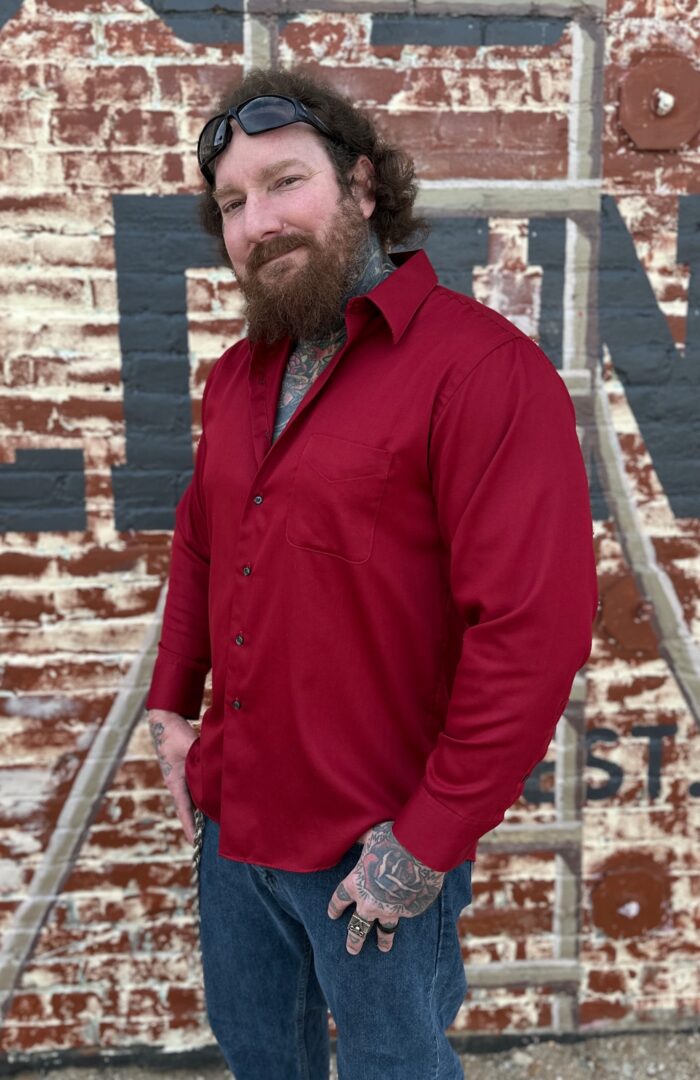

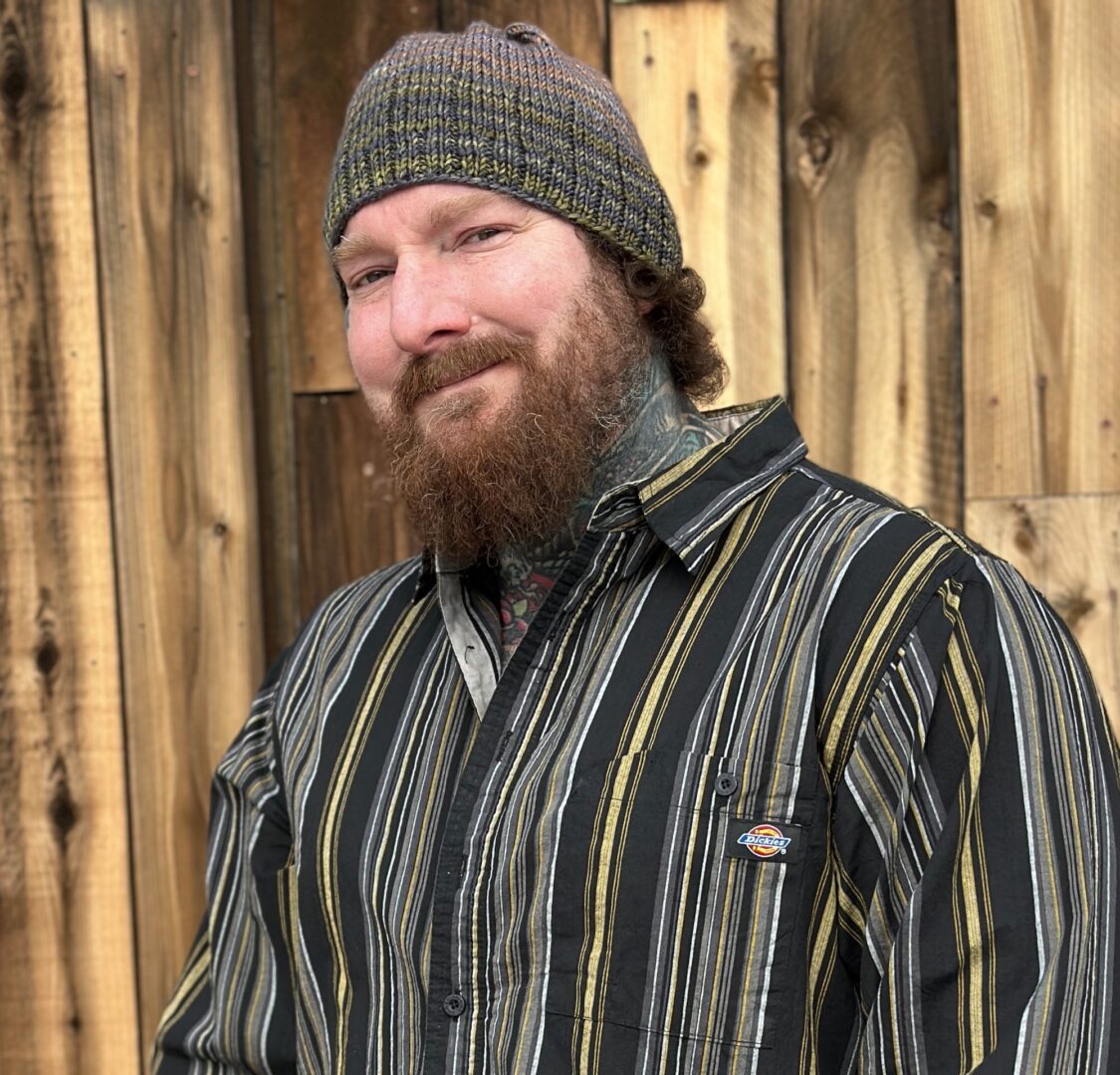
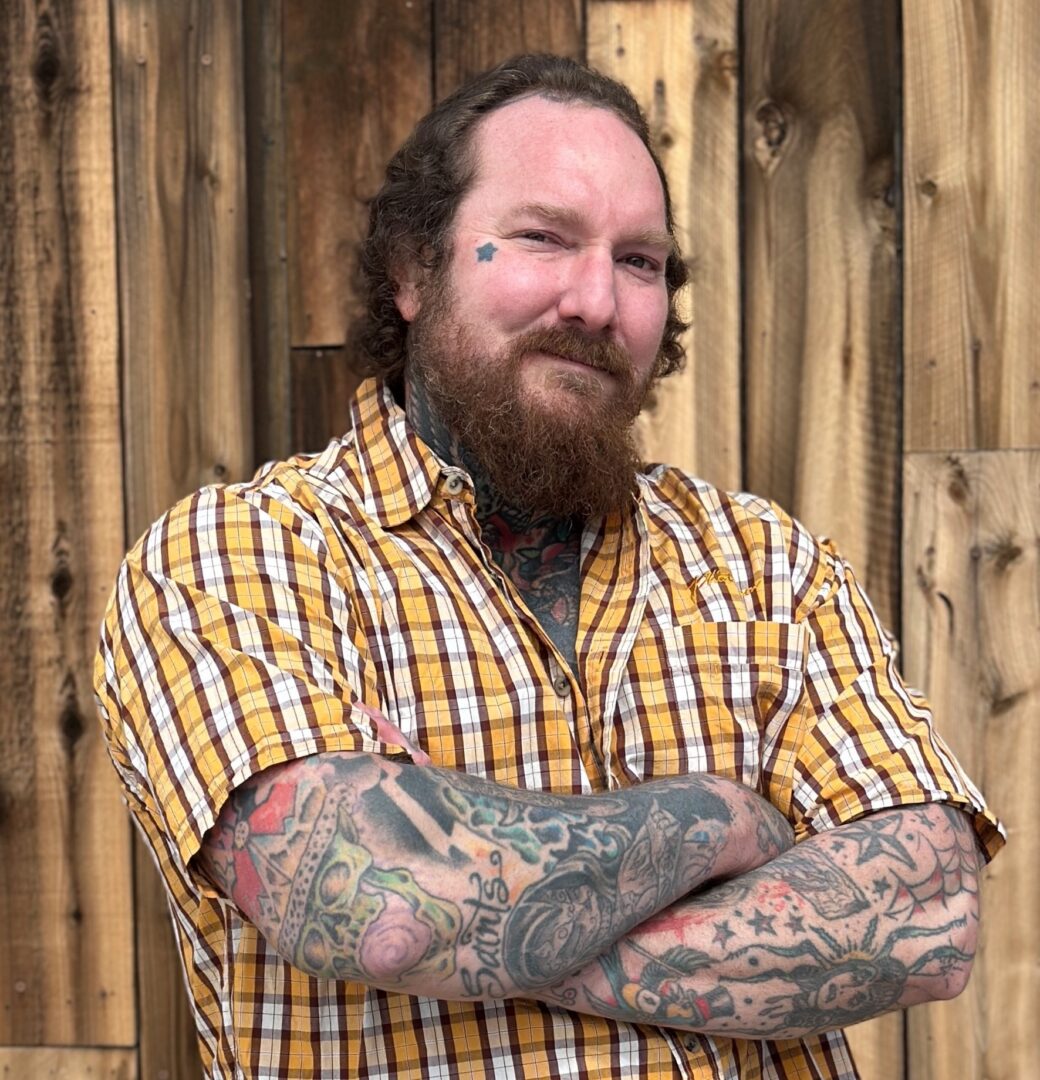
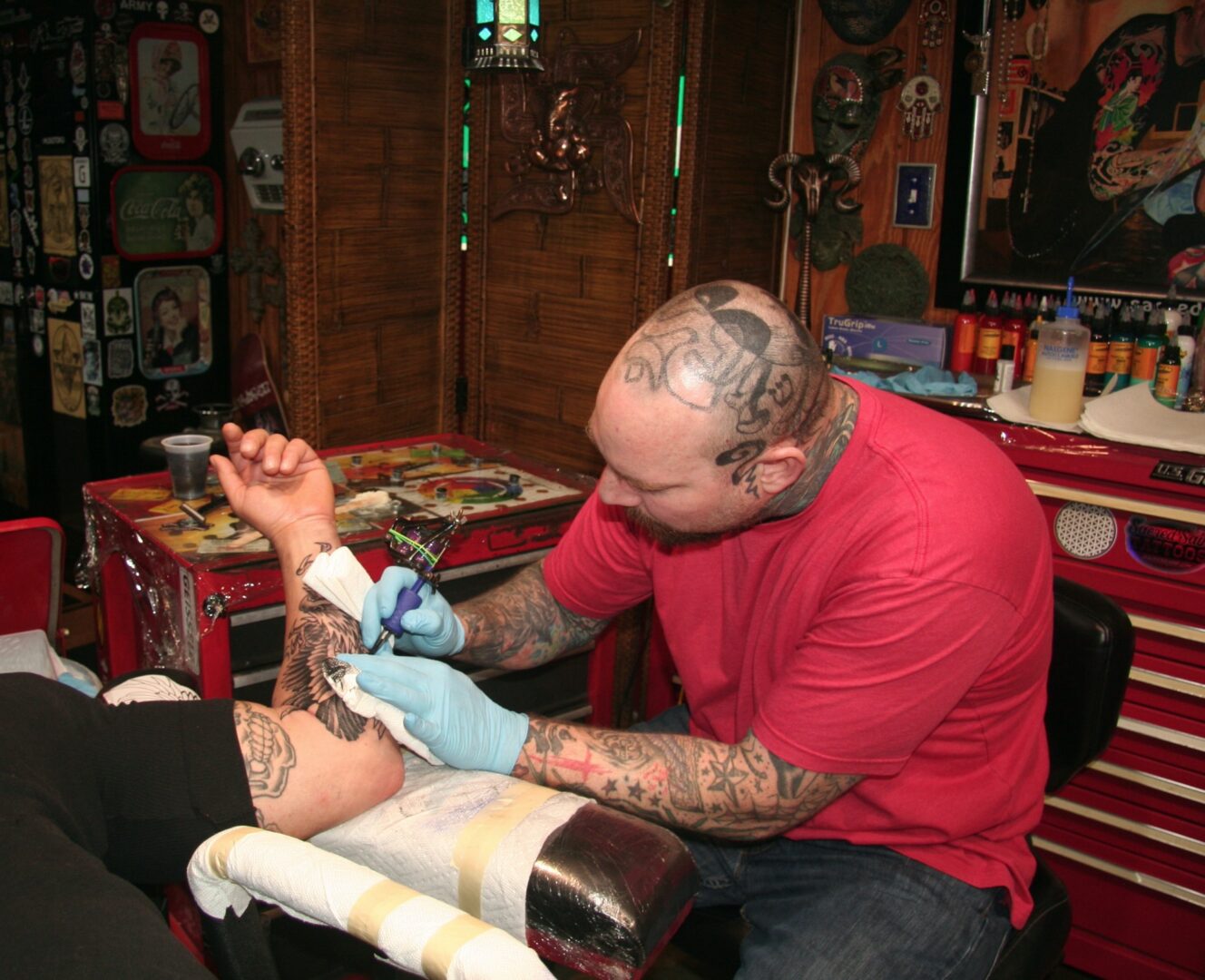
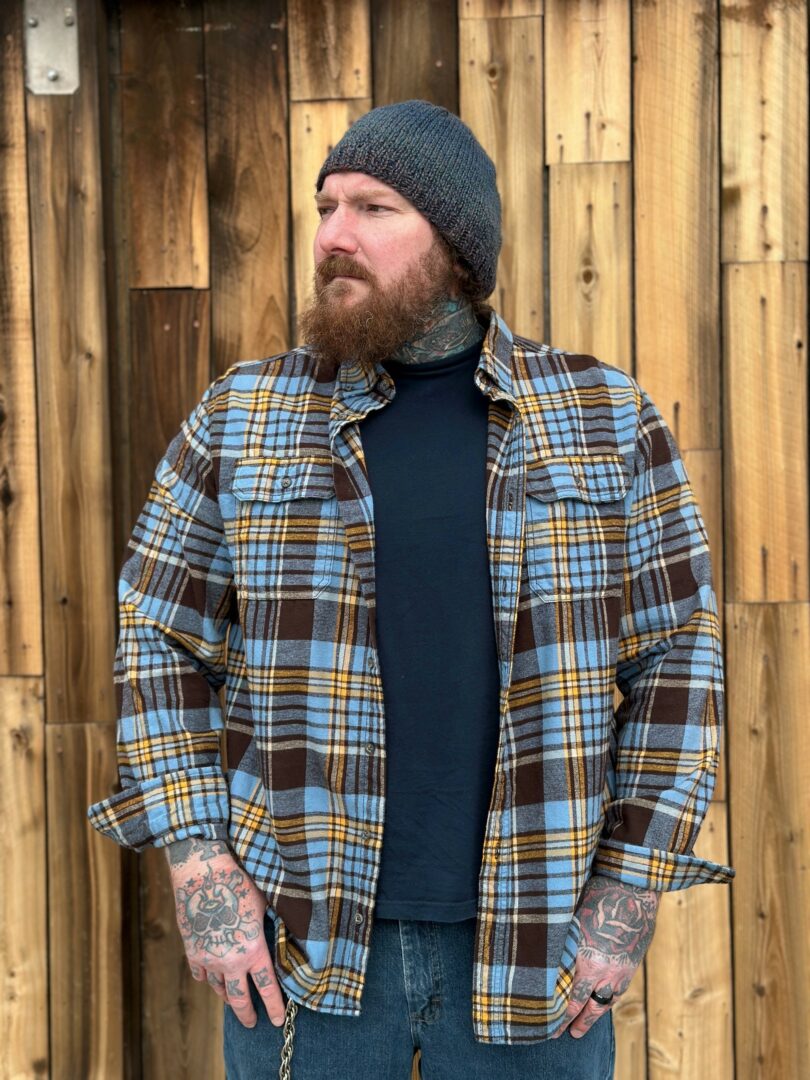


Image Credits
Annamarie De La Cruz Notch

